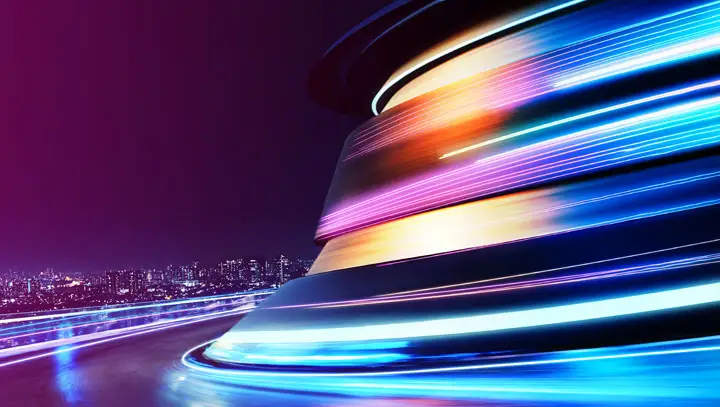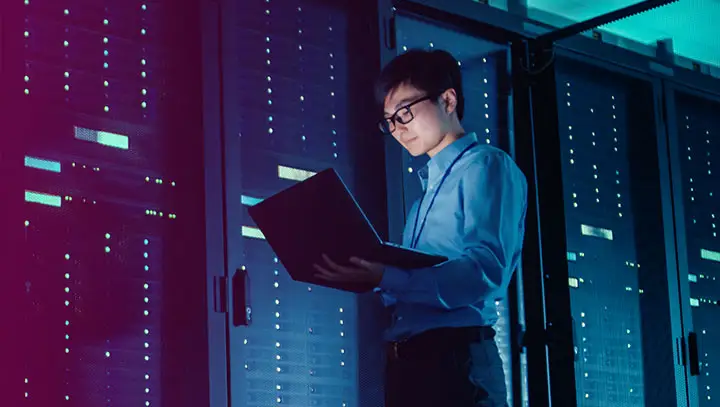Chat with Ava - Your AI Business Consultant
Hi I'm Ava, your AI guide to supercharging your business!
Whether you're already running a business or dreaming of starting one, I'm here to help turn your vision into reality using AI powered freelancers. Share your business goals, and together, we'll create a project that our talented freelancers can bid on. Let's make your vision a reality!
I have a business
I'm starting a business
Something went wrong while sending the conversation to your email. Please try again later.
You can only save your conversation once per hour. Please try again later.
Your conversation is too short. Keep chatting with Ava to enable saving.

Hire expert
GPGPU Programmers
for any job
Millions of people use Freelancer to turn their ideas into reality.
Trusted by leading brands and startups
Hire GPGPU Programmers
from 3,130 reviews
How to hire a great freelance GPGPU Programmer
GPGPU is a General Purpose Graphics Processing Unit. A GPU or Graphics Processing Unit finds its use mainly in 3-D applications. It has a one chipped processor instead of two or four chips. It lessens the burden on the CPU by creating lighting effects and thereby transforming objects on each occasion a 3-D scene is brought forth and accelerates the graphic operation. It was released in 1999 by NVIDIA. GPGPU denotes the use of Graphics Processing Units, for purposes other than computer graphics, like Parallel Computing too. GPGPUs are available on mobile devices too, for running prime operating systems.
A General Purpose Graphics Processing Unit executes all the routine calculations that are otherwise performed by the CPU or Central Processing Unit. This means scientific computations; encryption and decryption, generation of Bitcoin to name a few all can be effectively completed by GPGPUs.
The intent of NVIDIA when the GPU was released was to make the rasterised graphics much more realistic by enabling its 3D transformation. Also bump mapping, lighting computations and specular mapping could be successfully achieved. These functionalities became more pronounced with the introduction of Windows Vista and the subsequent integration of the GPU with the operating system.
Whereas GPU has prominent use in graphic related operations, GPGPU finds uses in graphics plus any programming unit for anything which can be parallelised. It is noteworthy that there is almost no difference between GPU and GPGPU for most of the graphic cards. You need to understand that, if a graphics card is showing compatibility with any of the frameworks that gives access to general purpose computation also, then it is a GPGPU. Therefore, a GPU can be a GPGPU too.
NVIDIA CUDA is basically a software development kit with Application Programming interface, that has inbuilt C programming syntax language in its architecture. The coded algorithms are then ready for execution in the Graphic Processing Units.
The GPGPU acceleration is supported by MATLAB by means of Toolbox for Parallel Computing and also the Computing Server distributed by MATLAB. The computer graphic cards which form the hardware are located in the mother board. These are supported by NVIDIA and AMD.
Considering the uses and increasing applications of GPGPU, the demand for GPGPU developers is on the assent.
Basic qualification of Bachelors or Masters in Computer Science, Mathematics or Physics is expected. A GPGPU developer must have advanced knowledge with certifications in C and C++ and expertise in development using these. Knowledge of Software engineering practices and adequate understanding of the operating systems are highly desirable. Advanced knowledge in F# and Open CL is recommended.
If you’re looking for a solution for your GPGPU needs or if you are looking to trial a freelancer to see if they provide the levels of expertise you are looking for, using a platform such as Freelancer.com is a fantastic option.
Simply log onto the Freelancer.com website and search through a bank of talented freelancers who are willing and able to provide their services to you for your project.

Freelancer Enterprise
Company budget? Get more done for less
Use our workforce of 50 million to help your business achieve more.

Freelancer API
50 million professionals on demand
Why hire people when you can simply integrate our talented cloud workforce instead?
How hiring a GPGPU Programmer works
1. Post a job
2. Choose freelancers
3. Track progress
4. Pay safely
So what are you waiting for?
Post a project today and get bids from talented freelancers
Showcased work from our freelancers
Get some inspiration from GPGPU projects

Discover More
Website Design.
$540 USD in 7 days.

Discover More
App Design.
$100 USD in 1 day.

Discover More
Website.
$430 USD in 1 day.

Discover More
Website Design.
$140 USD in 13 days.

Discover More
App Design.
$200 USD in 19 days.

Discover More
Website.
$150 USD in 13 days.

Discover More
Website.
$240 USD in 1 day.

Discover More
Website.
$100 USD in 1 day.
As featured in
The world's largest marketplace
Millions of users, from small businesses to large enterprises, entrepreneurs to startups, use Freelancer to turn their ideas into reality.
76.9M
76.9M
Registered Users
24.2M
24.2M
Total Jobs Posted
Thanks! We’ve emailed you a link to claim your free credit.
Something went wrong while sending your email. Please try again.
Loading preview
Permission granted for Geolocation.
Your login session has expired and you have been logged out. Please log in again.

























